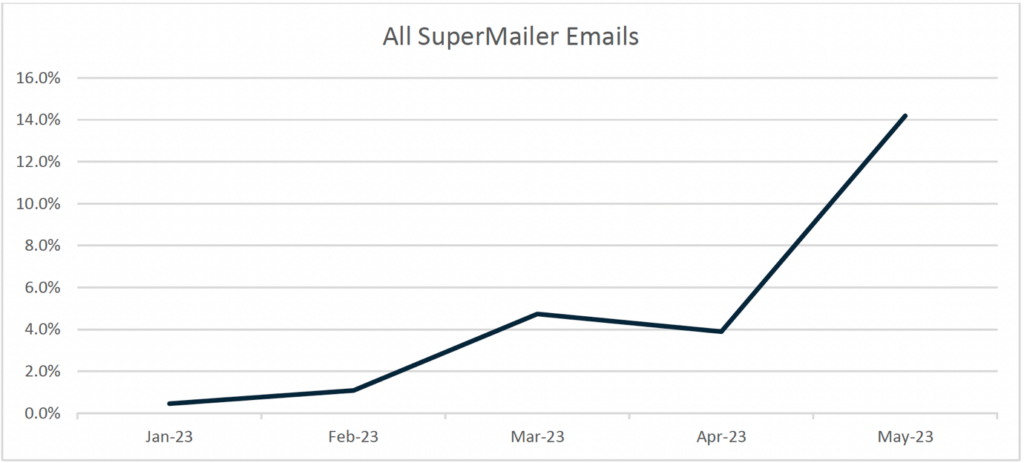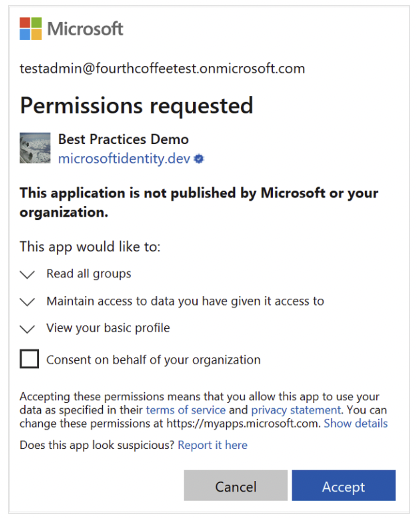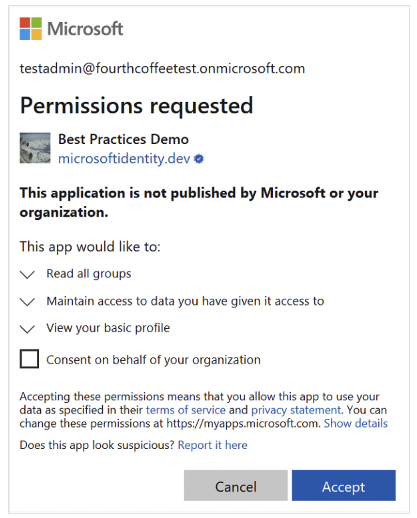Microsoft this week published a blog post to remind its customers of the continuous wave of attacks targeting Exchange servers and to urge them to install the latest available updates as soon as possible.
“Attackers looking to exploit unpatched Exchange servers are not going to go away,” Microsoft says, reminding customers that both a cumulative update (CU) and a security update (SU) are available for Exchange.
“There are too many aspects of unpatched on-premises Exchange environments that are valuable to bad actors looking to exfiltrate data or commit other malicious acts,” the company continues.
Attackers, the tech giant notes, are after not only the sensitive information that user mailboxes may contain. They are also looking to access the copy of the company address book stored on the Exchange server, which they can then use in social engineering attacks.
On top of that, Microsoft notes, “Exchange has deep hooks into and permissions within Active Directory, and in a hybrid environment, access to the connected cloud environment.”
Almost every set of Patch Tuesday updates coming out of Redmond includes security fixes for Exchange, some of which address already-exploited vulnerabilities, such as ProxyNotShell and ProxyShell. For other bugs, proof-of-concept (PoC) code was published shortly after patches were released.
“To defend your Exchange servers against attacks that exploit known vulnerabilities, you must install the latest supported CU (as of this writing, CU12 for Exchange Server 2019, CU23 for Exchange Server 2016, and CU23 for Exchange Server 2013) and the latest SU (as of this writing, the January 2023 SU),” Microsoft notes.
Because the CUs and SUs are cumulative, only the latest needs to be installed. However, Exchange customers are advised to check whether a security update has been released after they installed the latest CU, and install that as well.
The tech giant also notes that mitigations that it might automatically release for a vulnerability prior to pushing an SU are only meant to provide temporary protection and might not provide protection against all variations of an attack, meaning that customers should install the SU instead.
After installing an update, customers should also run Health Checker to verify if there are any manual tasks that need to be performed. The tool provides links to step-by-step guidance for the necessary actions.
To update an Exchange server, customers should start by reading the announcement about that update, follow the available guidance for CUs or SUs, inventory all servers using Health Checker, and use the Exchange Update Wizard, which offers a step-by-step guide to Exchange updates.
Windows Server and other software running on the Exchange server should also be updated, along with dependency servers that Exchange uses, such as Active Directory and DNS.
Related: Microsoft Warns of New Zero-Day; No Fix Yet for Exploited Exchange Server Flaws
Related: Mitigation for ProxyNotShell Exchange Vulnerabilities Easily Bypassed
Related: Microsoft Adds On-Premises Exchange, SharePoint, Skype to Bug Bounty Program
The post Microsoft Urges Customers to Patch Exchange Servers appeared first on SecurityWeek.











